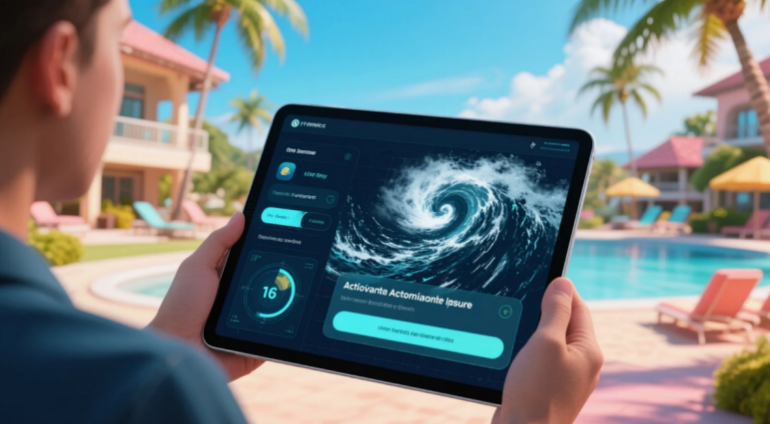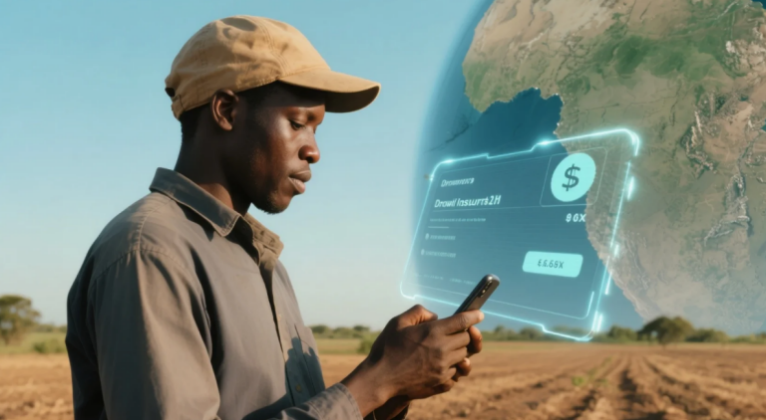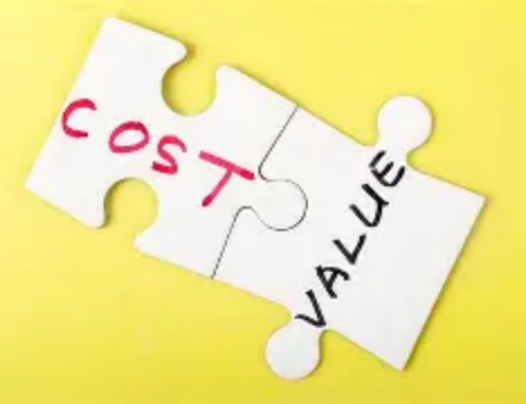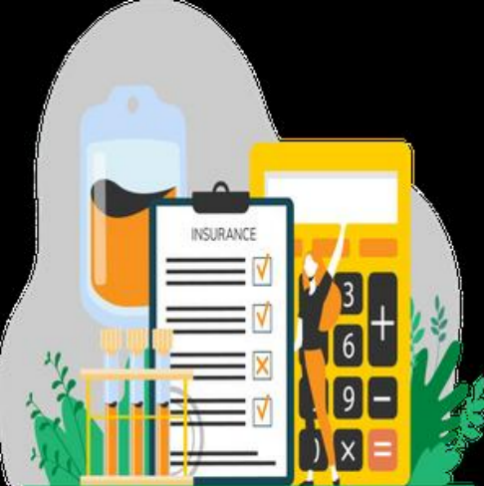A new frontier in insurance is quietly transforming how businesses and individuals recover from disasters. Unlike traditional insurance that requires lengthy claims assessments, parametric insurance pays out automatically when predefined conditions are met - a typhoon reaches Category 5 strength, an earthquake exceeds 6.0 magnitude, or temperatures stay above 35°C for five consecutive days. This innovative approach, powered by satellite data, IoT sensors and blockchain smart contracts, is making disaster recovery faster, more transparent, and surprisingly affordable.
The mechanics of parametric insurance represent a fundamental shift in risk management. Policies are structured around objectively measurable parameters rather than subjective loss assessments. When sensors detect that a hurricane's wind speeds have crossed the agreed threshold, smart contracts trigger immediate payouts to policyholders' digital wallets - often within 72 hours of the event. This system eliminates the traditional claims process that can take months after disasters like California wildfires or Caribbean hurricanes. For small island nations vulnerable to climate change, parametric insurance has become nothing short of revolutionary. The Caribbean Catastrophe Risk Insurance Facility has paid out over $200 million to member countries within two weeks of hurricanes since 2007, compared to the six-month wait typical with conventional insurance.

What makes parametric solutions particularly compelling is their marriage of ancient concepts with cutting-edge technology. The basic principle - predetermined payouts for observable events - dates back to 17th century marine insurance where ships' safe arrival triggered payments. Today, this idea supercharged by satellite imagery from companies like Planet Labs, AI-powered weather modeling from startups like ClimateAI, and blockchain platforms like Etherisc that automate payouts through smart contracts. This technological trifecta has expanded parametric coverage beyond natural disasters to include flight delays, crop failures, and even pandemic business interruptions. During COVID-19, several Caribbean resorts received automatic payouts when government-mandated lockdowns lasted beyond agreed durations, providing crucial liquidity when they needed it most.

The implications for developing economies are particularly profound. Traditional insurance penetration remains below 3% in most African nations due to high costs and complex underwriting. Parametric products are changing this equation. In Kenya, smallholder farmers can now purchase drought coverage via mobile money, with payouts triggered when satellite data shows insufficient rainfall. The entire process - from purchase to payout - happens on feature phones without paperwork. Similar programs in India use blockchain to provide automatic flood insurance to slum dwellers for less than $5 per year. These innovations aren't just convenient; they're creating entirely new risk management possibilities for populations previously considered "uninsurable."

Yet challenges remain. The "basis risk" - when parameters are met but actual losses don't occur, or vice versa - requires careful calibration. After 2017's Hurricane Maria, some Puerto Rican businesses with wind speed-triggered policies didn't receive payouts because nearby measurement stations were destroyed. There are also regulatory hurdles, as parametric products don't fit neatly into traditional insurance frameworks. But the industry is innovating solutions, including hybrid models that combine parametric triggers with traditional loss assessment for large claims.
As climate change increases the frequency and severity of natural disasters, parametric insurance is evolving from niche product to essential tool. The global market, valued at $11.7 billion in 2022, is projected to grow at 14.3% annually through 2030. From protecting Mongolian herders against harsh winters to ensuring supply chain continuity for multinationals, this silent revolution is making the world more resilient - one automated payout at a time.





